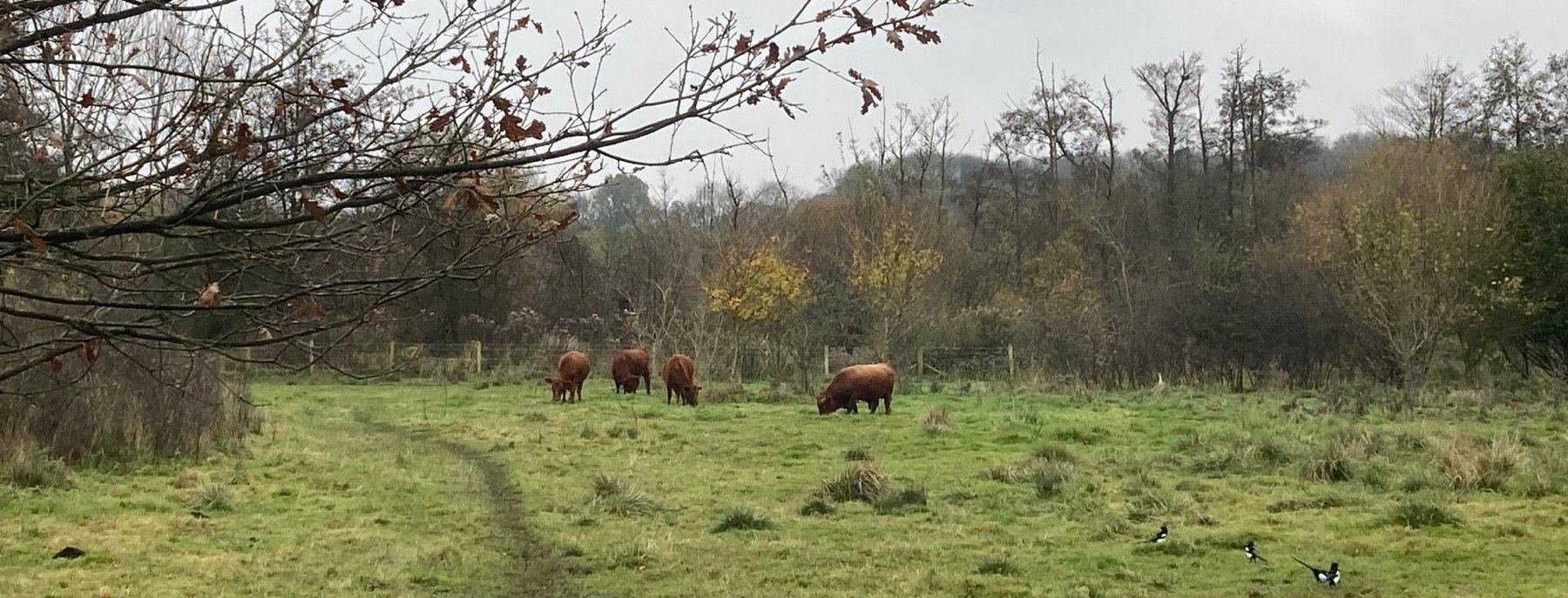
Recent News
The recording scheme
Weekly counts of butterflies seen in 12 sectors around the lake continued in 2024 with
results entered into the UK Butterfly Monitoring Scheme. This year’s team consisted of
Carole Holton, Simon Jones, Barbara James, Brian & Lynne Pike and Cliff & Jacky
Buckton.
Total butterflies counted by year
As widely reported in the media, 2024 has been a disastrous year for insect numbers and
butterflies are no exception. While weather during the year as a whole has been
unexceptional, rainfall in Spring was very high resulting in flooded paths around the lake for
several months. September rainfall was also well above average. This and other factors
have presumably contributed to the total butterflies counted of just 401 being the lowest
since the equally disastrous 2012. Note that 2020 was an incomplete survey year due to
Covid.
Would you like to help monitor water quality? Are you interested in getting in the river to survey and learn about invertebrates? Come and help out as part of an initiative with the Riverfly Partnership called Riverfly Monitoring!
Riverfly monitoring involves conducting an in river survey once a month and identifying the invertebrates you find! By identifying what is present in the river this gives an indicator of what the water quality is like, allowing for us to build long term data sets and report when water quality incidences occur. No prior knowledge is needed as all training can be provided, so please let us know at Rivers.team@groundwork.org.uk if you are interested!
A monitor is needed at a site called The Bury Grounds (pictured to the right) which is located at The Bury Gardens opposite the aquadrome. We are also interested in setting up a new site on the River Colne in the Aquadrome by Bury Lake, so please do get in touch if this is something you would like to be involved in.
Lara Clements – River Officer for the Colne Catchment
We have just created and published a full season highlights video from our Grey Heron livestream.
This rare visitor caught on camera for the very 1st time in Stocker’s Lake . To view a clip click on the link below.
Our live stream camera was focused on a Little Egret’s nest and got this rare sighting:
With the Herons’ season complete our livestream camera is now trained on a Little Egret nest. Visit our livestream page or our YouTube channel to view three young Egrets moving around and being fed from time to time by parents.
A video featuring four minutes of stunning highlights to date from our live stream of a 2024 Grey Heron nest is now publicly available. You can view it here.
Springwell Metal Recycling ltd. which recently established itself adjacent to our site, much to FoSL’s concern, has now submitted an application for retrospective planning permission that is littered with inaccuracies.
After a relatively quiet, month long, incubation period the three eggs which were laid in our livestreamed nest during February all hatched between March 9th and 11th. However on March 17th one chick dramatically perished.
Our two live-streamed adult birds are now sharing incubation duties. Changeovers from one to the other are generally being seen once or twice a day.
Captured by our livestream - see a clip of the moment at which the first egg is laid on our livestreamed Heron nest.
We are delighted now to be bringing you streamed live pictures from an active Grey Heron nest at Stocker’s Lake.
Our newly published 2023 bird report covers various highlights including the presence on the lake of a rare and attractive male Smew during February and March and a successful breeding season for our resident Kingfishers.
We invite you to oppose a recent planning application to develop a new Water Sports Centre on nearby Broadwater Lake. We believe that such a development would have devastating consequences for wildlife along the whole of the Colne Valley, including for Stocker’s Lake.
Following on from last year’s very hot, dry summer, 2023 produced milder conditions more favourable for butterfly development and, mirroring the national picture, produced a modest increase in numbers compared to 2022
Every autumn prior to leaf fall, our deciduous trees lose their green colour fading to reveal rich vibrant reds, yellows and oranges. Ever wondered why?
A recent inspection of Stocker’s Lake bat boxes revealed their use by a total of 14 bats including two rare Nathusius Pipistrelles.

















![040923 Nathusius IMG_2089[4342].jpg](https://images.squarespace-cdn.com/content/v1/61960ff61e24586bd3e416a1/e88d8e4d-2f3d-4b91-b5ea-da7248c795d9/040923+Nathusius+IMG_2089%5B4342%5D.jpg)
